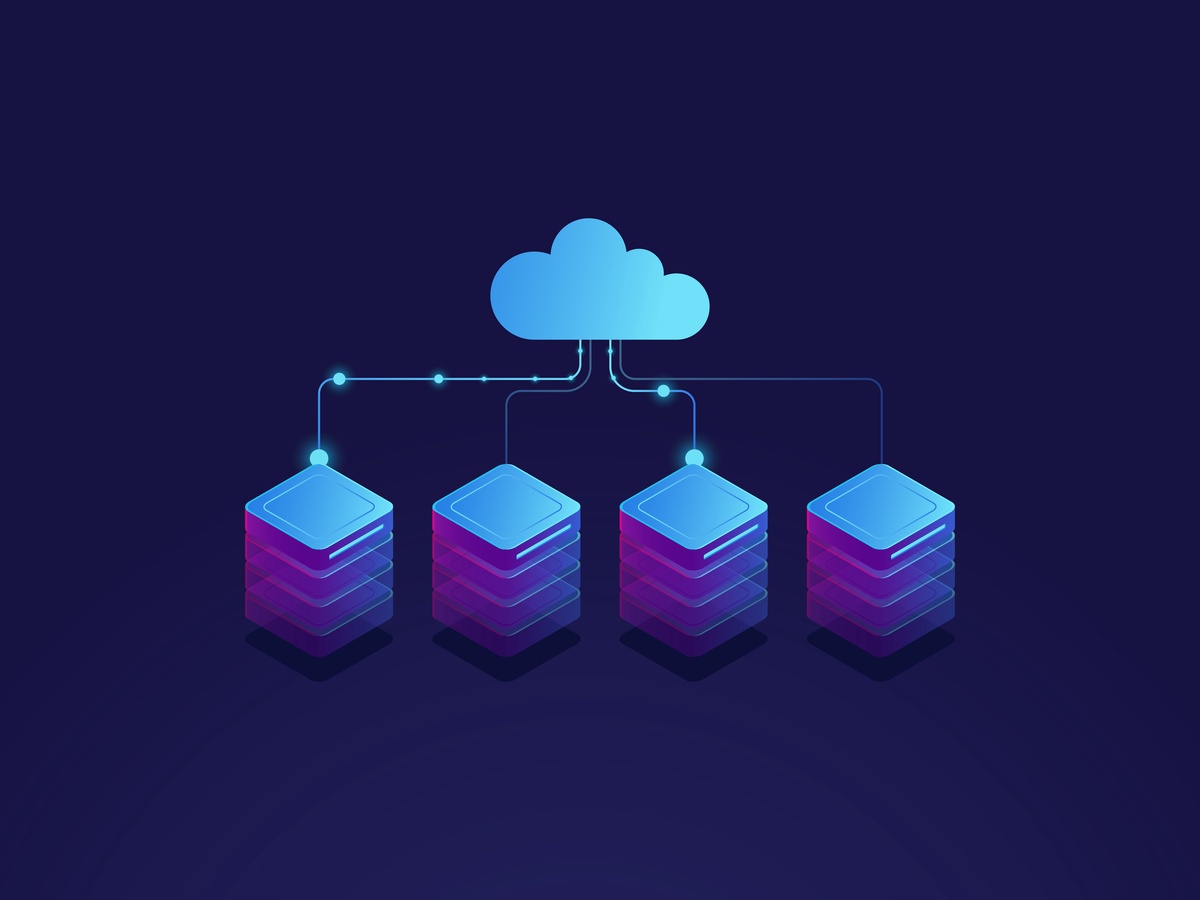In this digital transformation era, managing data can be pretty difficult, isn’t it? Managing them is a constant challenge, with the need for ongoing patches, significant licensing costs, and continuous efforts for data optimization. Plus, you can't escape the necessity of having full-time database administrators.
Although both Amazon RDS and Amazon DynamoDB are managed database services provided by AWS, their functions and intended applications differ. Here are some key differences between Amazon RDS and DynamoDB:
Amazon RDS or Dynamo DB both provide database services offered by AWS. "If they're both databases, then what's the difference?" Having the ability to choose between DynamoDB and a specific RDS database type can set you apart from others. Let me share with you 8 reasons why you should seriously consider either using RDS or Dynamo DB for all your cloud database requirements.
Comparison Between Amazon RDS or DynamoDB
Choosing the right cloud database service for your project can be critical for its success. Choosing between Amazon RDS or DynamoDB is challenging as both are powerful options, but they have different needs. Here's a comparison to help you decide:
- Database Type:
- Amazon RDS: Relational database service Amazon RDS is compatible with many database engines, including MySQL, PostgreSQL, Oracle, SQL Server, and MariaDB. Applications requiring a conventional relational database model can use it.
- DynamoDB: DynamoDB is a NoSQL database service made for applications that need to scale smoothly and with minimal latency. It is a document-based key-value database with enormous capacity for data and traffic.
- Data Model:
- Amazon RDS: Relational databases use a structured schema with tables, rows, and columns. They are suitable for applications with complex relationships and transactions.
- DynamoDB: NoSQL databases, like DynamoDB, use a flexible schema, and data can be stored in the form of key-value pairs, document-oriented, or wide-column stores. It is suitable for applications with simple query patterns and massive amounts of data.
- Scalability:
- Amazon RDS: It provides vertical scaling, where you can increase the instance size (CPU, RAM) to handle the increased load. Horizontal scaling is also possible, but it may involve more manual intervention.
- DynamoDB: It offers seamless horizontal scaling. As your data and traffic grow, you can easily increase throughput capacity by adding more read and write capacity units.
- Performance:
- Amazon RDS: Performance can be influenced by factors like instance size, storage type, and query optimization. It is suitable for applications with complex queries and joins.
- DynamoDB: It provides predictable and low-latency performance at any scale. It is suitable for applications that require high-throughput and low-latency access to data.
- Use Cases:
- Amazon RDS: Suitable for traditional relational database use cases, such as e-commerce applications, content management systems, and applications with complex data relationships.
- DynamoDB: Ideal for use cases where fast and scalable access to data is critical, such as real-time bidding platforms, gaming leaderboards, and applications with variable and unpredictable workloads.
- Management Complexity:
- Amazon RDS: Provides more control over the database configuration, allowing for fine-tuning of parameters. more manual management activities, including scaling, patching, and backups, are needed.
- DynamoDB: DynamoDB. While AWS takes care of things like scaling, backups, and patching, developers can concentrate on creating applications.
- Cost:
- Amazon RDS: Pricing is based on factors like instance size, storage, and data transfer. Costs may vary depending on the chosen database engine.
- DynamoDB: Pricing is based on provisioned throughput capacity (read and write units), storage, and data transfer.
- Querying:
- RDS: SQL queries for structured data manipulation and complex joins.
- DynamoDB: NoSQL-specific query language; supports key-based and secondary index-based queries.
On the other hand, Amazon RDS or DynamoDB are both AWS-managed database services and share similarities in being scalable, highly available, secure, and integrated with the AWS ecosystem. They offer monitoring, backup, and restore capabilities with a pay-as-you-go pricing model. Despite these commonalities, they differ in data models, scalability methods, and suitability for specific use cases.
Conclusion
Ultimately, the choice between RDS and DynamoDB depends on your specific needs. Consider data structure, query complexity, traffic patterns, and budget constraints. It's also worth exploring hybrid approaches combining services for optimal performance and flexibility. While Amazon RDS or DynamoDB cater to different database types and use cases, they share common characteristics such as managed services, scalability, high availability, security features, monitoring capabilities, integration with the AWS ecosystem, and pay-as-you-go pricing.
AWS consultants can assess your current architecture, recommend best practices, and assist in the migration process, ensuring that your database solution aligns seamlessly with your business goals and technical specifications. This collaborative approach can enhance the overall efficiency and effectiveness of your AWS deployment, guiding you through the complexities of choosing and optimizing services like RDS and DynamoDB. Feel free to provide more details about your specific project, and I can help you choose the most suitable cloud database service.


No comments yet